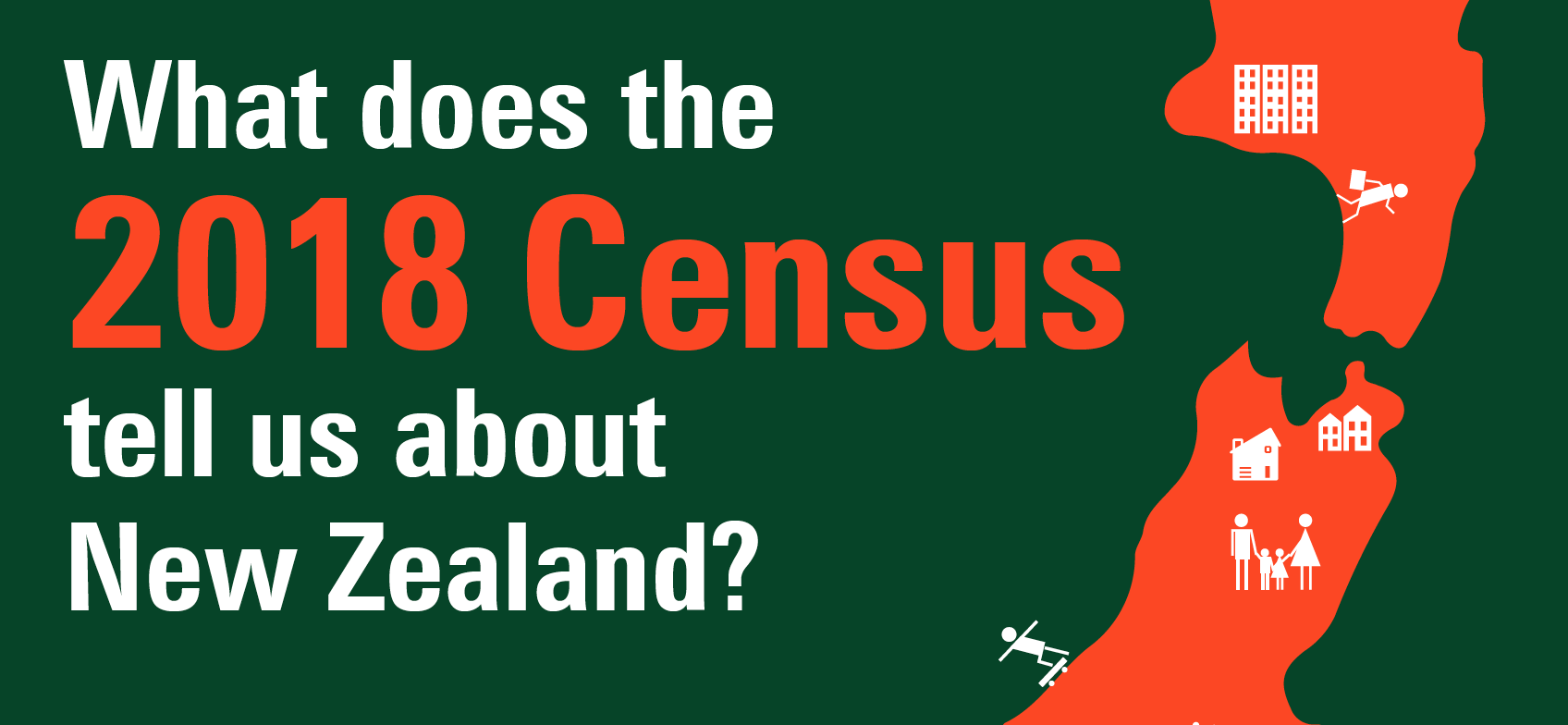It was a pleasure to spend time in Wanganui recently at the Wanganui District Council-run TechEx (checkout their website www.techex.co.nz ). It was a three day IT expo focusing on the opportunities that their new ultra-fast broadband link could and would facilitate in the region. We attended and discovered just how many and varied users are accessing demographic information.
Wanganui, a small community in New Zealand
You probably need to understand Wanganui in the New Zealand context. Wanganui has a population of around 43,000 and is like many smaller communities in New Zealand. They have a fairly static population and while they have higher proportions of young people between 5 and 15, they are more typically a place that has more aged citizens than the national norm. Young adults appear to leave the area to study and/or find work, as is the case in most small town New Zealand. Income levels are also typically lower than the average for New Zealand, but interestingly qualifications levels are trending upwards.
Yet despite being a smaller place with a future that is challenging – or possibly because of this – the Wanganui District Council was an early adopter of profile.id. They have been actively encouraging local community groups and agencies to use the tool, putting their time and effort into the belief that the online profile tool is not just for council staff, but a community asset. They have had some success too, with some early examples of external agencies and organisations using the profile to guide planning surfacing in discussion we had with TechEx visitors.
Wanganui using profile.id
The Wanganui District Health staff had used profile.id in their Safer Wanganui community programme. Their objective was to improve perceptions of community safety. Using the profile tool they had confirmed and prioritised the neighbourhoods where there was significant deprivation – neighbourhoods that were to be their focus. Similarly the “Computers in Homes” digital literacy programme, an initiative of the 2020 Communications Trust, had used the profile tool to improve the focus their communication efforts during the planning and recruitment phases of their project.
The other revelation that arose from TechEx confirmed my earlier gut feel that profile.id is not just an application for nerdy demographers, planners and social workers. It was astonishing the immediate interest ordinary punters showed in the tool. We had long discussions with dentists, teachers, real estate agents, bowling club secretaries, house-buyers, investors. All these people showed an immediate interest and understanding of profile, and voiced how they saw they could use it for their own purposes.
For an application that was originally designed for the use of planners and strategists 15 years ago, it is interesting and gratifying to experience how rising education and information accessibility is changing the user profile for this type of information or narrative about community.
In many respects this was what TechEx was all about.
To access more demographic resources, visit here. Subscribe to our blog feed and follow us on Twitter (@dotid) if you would like to receive the latest demographic news!











